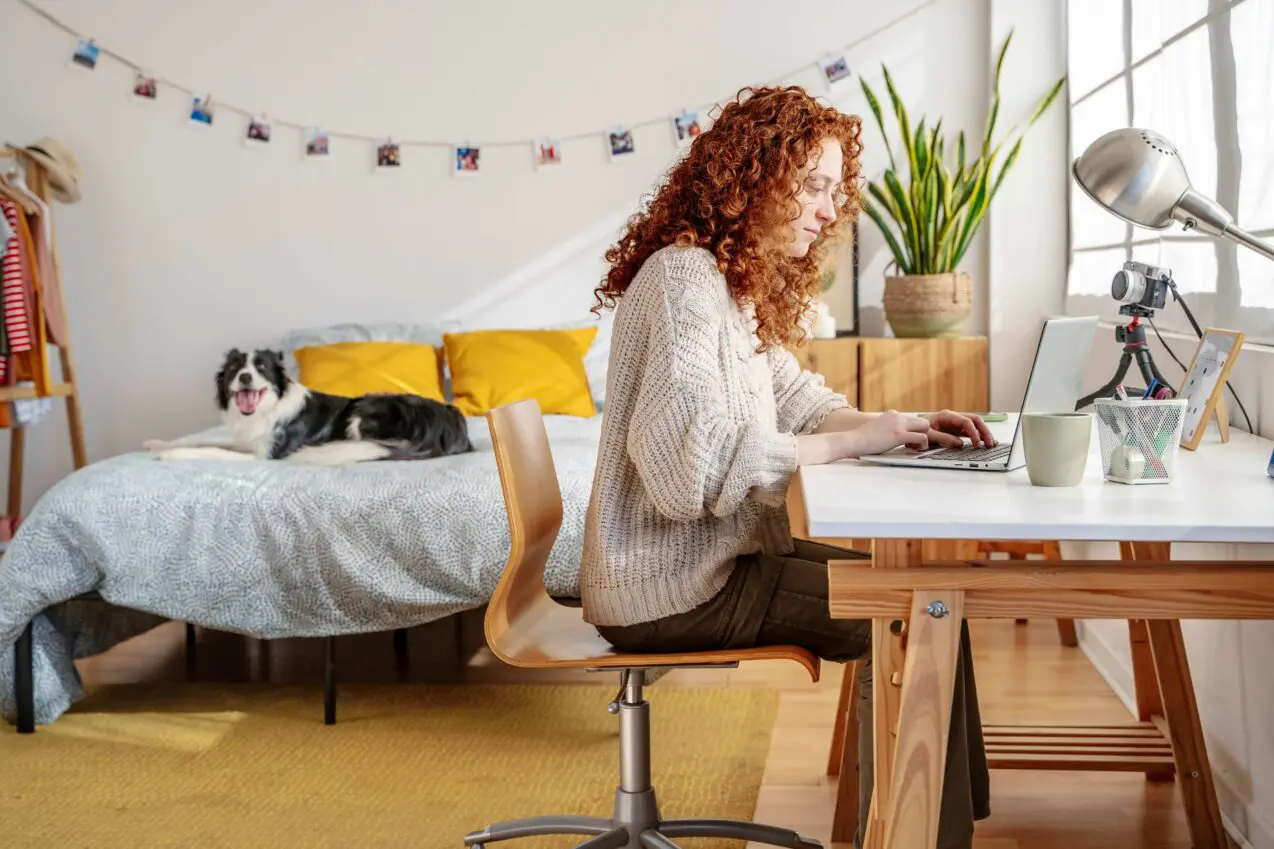A recent study by the University of California, Los Angeles indicates that Americans are spending more time inside their homes and far less time outside.
Other studies – like a survey conducted by the U.S. Bureau of Labor Statistics – indicate that this could be a post-COVID phenomenon while there are studies that also suggest that Americans were spending more time alone even before the pandemic.
A study published on Oct. 30 by Brian D. Taylor and Sam Speroni of the UCLA Institute of Transportation Studies (ITS) and Eric A. Morris of Clemson University revealed that people are spending almost an hour less outside their homes each day compared to 2019. People are also reducing travel time by about 12 minutes daily.
The team delved into the American Time Use Survey data, which is collected by the federal government. They examined how over 30,000 people spent their days from 2019 to 2023, excluding 2020. They omitted 2020 due to the COVID disrupted data gathering that year. Taylor and his colleagues believe this new homebody lifestyle is here to stay, as a side effect from the COVID pandemic. They're advocating for a fresh look at how we plan our cities and move around.
About 22 million people worked from home in 2023, according to a Pew Research Center survey. About 39% of people across the country have jobs that allow employees to work from home, at least part of the time. With more people working from home, UCLA researchers say it's time to rethink how office and store spaces are used. They suggest relaxing restrictions on converting commercial buildings to housing and increasing curb space for delivery vehicles.
Morris pointed out that COVID just accelerated changes that were already happening, like more online shopping and remote work. He thinks our cities and transportation need to catch up with these shifts.
This study could mean significant changes for how we build cities, run buses and trains, and use commercial buildings. The authorities might need to rethink their long-term plans for roads, buildings, and zoning laws.
While it's clear our daily routines have changed, the researchers say we need more information to truly understand how this affects our health, social lives, and the economy.
On the other hand, another study done by Patrick Sharkey, a professor of sociology and public affairs at Princeton, indicated that the time spent by Americans at home increased by 1 hour 39 minutes a day, or 10 percent, from 2003 through 2022. It’s a trend that rose sharply during the pandemic and had yet to return to more typical levels by 2022. Sharkey seemed to suggest that Americans preferred staying indoors even before the first stay-at-home orders were enacted.
In his influential 2000 book, "Bowling Alone: The Collapse and Revival of American Community," political scientist Robert D. Putnam investigated this trend. He posited that Americans had exchanged their social institutions, including churches, social clubs, and bowling leagues, for social isolation, which had negative repercussions for society.
As per Sharkey’s research, people who were employed exhibited a significant increase in the amount of time they spent at home, as did those with higher incomes and levels of education.

 Trump has begun another trade war. Here's a timeline of how we got here
Trump has begun another trade war. Here's a timeline of how we got here
 Canada's leader laments lost friendship with US in town that sheltered stranded Americans after 9/11
Canada's leader laments lost friendship with US in town that sheltered stranded Americans after 9/11
 Chinese EV giant BYD's fourth-quarter profit leaps 73%
Chinese EV giant BYD's fourth-quarter profit leaps 73%
 You're an American in another land? Prepare to talk about the why and how of Trump 2.0
You're an American in another land? Prepare to talk about the why and how of Trump 2.0
 Chalk talk: Star power, top teams and No. 5 seeds headline the women's March Madness Sweet 16
Chalk talk: Star power, top teams and No. 5 seeds headline the women's March Madness Sweet 16
 Purdue returns to Sweet 16 with 76-62 win over McNeese in March Madness
Purdue returns to Sweet 16 with 76-62 win over McNeese in March Madness








